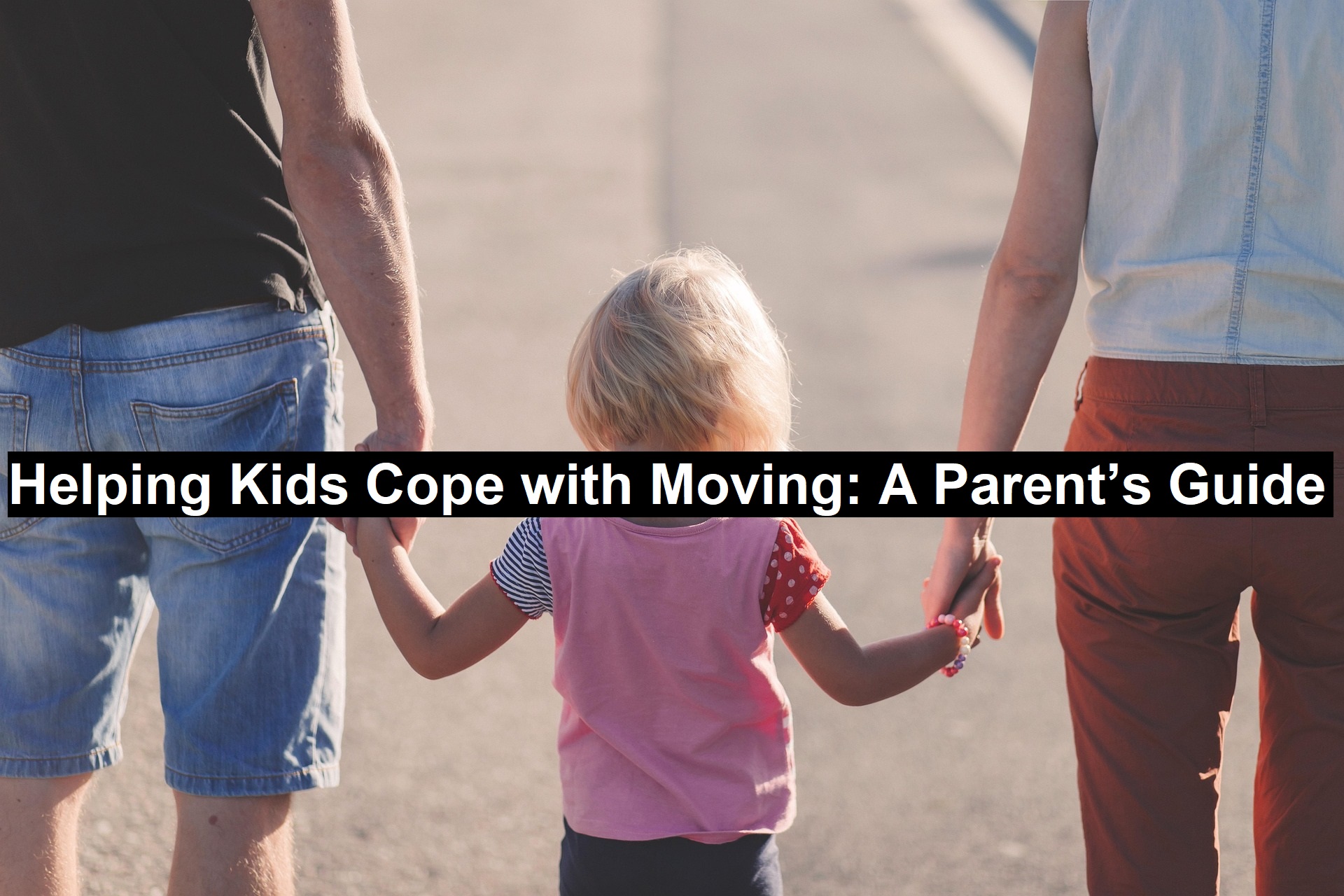Moving to a new home is a major transition for any family, and children often experience a mix of emotions that can be difficult to navigate. Whether they’re feeling excited, anxious, or resistant, parents can take proactive steps to make the process smoother and less stressful for their little ones. By addressing their emotions, involving them in the move, and providing stability, parents can turn a challenging relocation into a positive experience.
Start with Open Communication
Children thrive on routine and familiarity, so learning that they’ll be moving can be unsettling. It’s crucial to break the news as early as possible and provide plenty of time for them to adjust. Use age-appropriate language to explain why the move is happening and what they can expect. For younger children, simple reassurances about keeping their favorite toys and routines intact can help ease their worries. For older kids and teens, acknowledging their concerns and validating their emotions will go a long way in helping them process the change.
Read: The Path To Post-Pregnancy Body Confidence: Self-Care Tips And Treatments
Encourage Emotional Expression
It’s natural for kids to experience a range of emotions when faced with a big change. Fear, sadness, frustration, or even excitement may all arise, sometimes simultaneously. Encourage them to express their feelings and reassure them that it’s okay to be upset or uncertain. Providing a supportive environment where they feel heard can make a big difference in their emotional well-being.
Involve Kids in the Moving Process
One of the best ways to help children feel more in control of the move is to involve them in the process. Let younger kids help pack their own boxes and place them into portable storage containers, or pick out decorations for their new room. Older children can assist with sorting and donating old belongings, making them feel more engaged in the transition. Turning the process into a collaborative effort can help ease anxieties and build excitement for the new home.
Maintain a Sense of Routine
Amidst the chaos of packing, maintaining daily routines as much as possible will provide children with a sense of stability. Keeping up with bedtime rituals, meal schedules, and extracurricular activities helps reinforce the message that not everything is changing. Even small consistencies, like reading the same bedtime story or continuing weekend traditions, can help them feel secure during this transition.
Plan a Proper Goodbye
Saying goodbye to familiar places and friends is an important part of the moving process. Organizing a farewell gathering or playdate can give children closure and the opportunity to exchange contact information with their friends. Visiting favorite parks, restaurants, or other local spots one last time can also help them cherish good memories while preparing for the new adventure ahead.
Help Them Look Forward to the Future
Framing the move as an exciting opportunity can make all the difference in how children perceive the transition. Highlight the positives, whether it’s a bigger backyard, a fun new school, or cool attractions in the new neighborhood. If possible, take them on a visit to the new home beforehand or explore the area virtually to build familiarity and excitement.
Moving is never easy, but with patience, preparation, and emotional support, parents can help their children adjust more smoothly. Want more expert advice on making your move stress-free for the whole family? Check out the accompanying resource for additional tips.
Helping-Kids